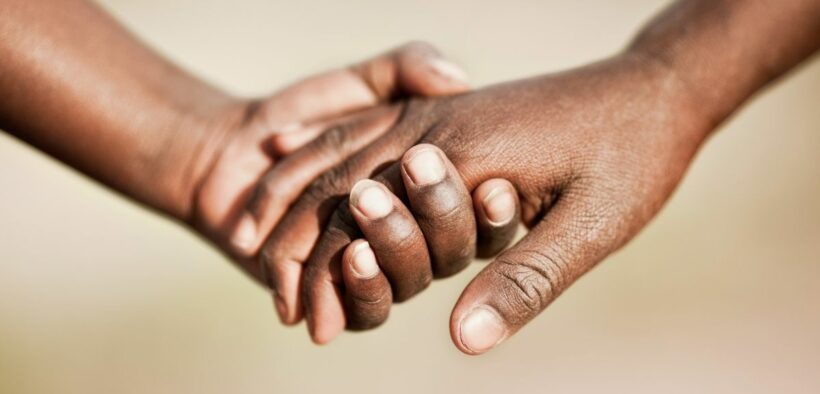The number of children in sub-Saharan Africa displaced within their home countries by climate-induced disasters nearly doubled last year, said Save the Children, as policymakers meet in Nairobi to discuss solutions to the climate crisis.
Based on analysis of data from the Internal Displacement Monitoring Centre, at least 1.85 million children in sub-Saharan Africa were left displaced within their countries by climate shocks at the end of 2022, compared to one million children left displaced by similar crises in 2021. Some of these children were displaced multiple times, while others only once, but all remained displaced from home at the end of the year, living in camps, with extended family, or other temporary arrangements.
“I am looking forward to seeing children voice their experiences and concerns to leaders at the Africa Climate Summit this week,” said Save the Children Director of Advocacy, Communications, Campaigns and Media West and Central Africa Regional Office Vishna Shah.
Flooding in Borno state and across other parts of Nigeria led to the country having sub-Saharan Africa’s highest number of new internal displacements due to climate disasters in 2022, with 2.4 million displacements. By the end of the year, at least 854,000 people remained displaced by these shocks, including an estimated 427,000 children.
Meanwhile, in Somalia, five failed rainy seasons forced about 6.6 million people – or 39% of the population- into critical levels of hunger, and led to the second-highest number of internal displacements at 1.1 million people.
The number of new internal displacements throughout the year across sub-Saharan Africa in 2022 due to such disasters was also three times higher than the previous year, with 7.4 million new internal displacements during 2022 compared to 2.6 million in 2021. This figure includes counts the times people were displaced – sometimes multiple times for one individual – even if they were able to return home by the end of the year.
This is the highest annual number of new displacements from climate disasters ever reported for the region, as the impacts of consecutive climate shocks have begun to sink in and both the resilience of the land and the coping mechanisms of communities become exhausted.
These figures lay bare the stark reality that children’s rights across the region are being eroded at an alarming rate by the impacts of the climate crisis, said Save the Children. Meanwhile, countries on the continent have contributed the least to the crisis, with the smallest share of global greenhouse gas emissions of all the world’s regions.
With the El Niño weather pattern taking hold, causing even more extreme weather events and pushing up global temperatures further, this figure is likely only increasing further this year, said the child rights agency.
“Children have done nothing to cause this crisis – and they need the international community to deliver on climate finance commitments, including adaptation and loss and damage funding, that factor in children’s unique needs,” added Shah.
Menchie Khairuddin is a writer Deputy Content Manager at Akolade and content producer for Third Sector News. She is passionate about social affairs specifically in mixed, multicultural heritage and not-for-profit organisations.


































































































































































